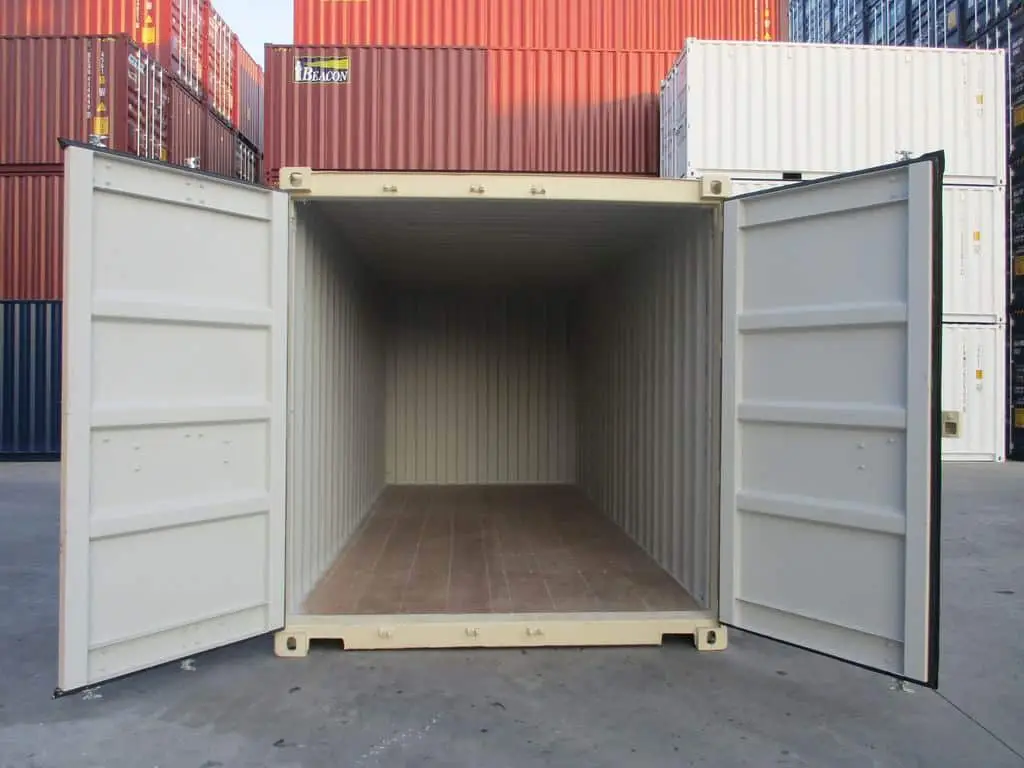Are you noticing excess humidity building up in your shipping container? For anyone using containers for storage or transport, keeping moisture at bay is critical to preserving the contents. Below, we explore effective ways to control container humidity and ensure your items stay safe.
Shipping containers are durable, but they’re vulnerable to internal condensation. When the warm air inside meets the cooler metal walls, moisture collects on surfaces, potentially leading to mildew, rust, and item degradation. However, by implementing a few simple preventive measures, you can keep your container dry, even in high-humidity environments.
Key Strategies to Control Humidity
1. Waterproofing and Sealing
Waterproofing is your first defence line. Ensuring a container is fully sealed and free from rust or damage prevents external water ingress.
2. Use Desiccants
Placing moisture-absorbing desiccant packs in the container helps remove water from the air, creating a drier environment that protects sensitive items.
3. Ventilation
Good airflow is essential. Installing vents allows warm, moist air to exit, reducing the risk of internal condensation.
4. Dehumidifiers
Electric dehumidifiers are particularly effective in humid areas or during long storage periods, keeping moisture consistently under control.
5. Insulation
Insulating the walls and ceiling stabilises temperatures and minimises condensation build-up.
6. Regular Monitoring
Checking humidity levels routinely helps to catch issues early. Briefly opening the doors periodically allows fresh air to circulate, reducing moisture.
Case Study: Container Preservation in Coastal Areas
Consider a business using containers for tool storage near the coast. By sealing the container, using desiccants, and installing a dehumidifier, they avoided issues of rust and mould entirely. Monitoring humidity levels allowed for quick action if moisture levels rose, proving that proactive measures can preserve container quality and contents effectively.
“Humidity control is key to preserving a container’s value and protecting its contents.”









